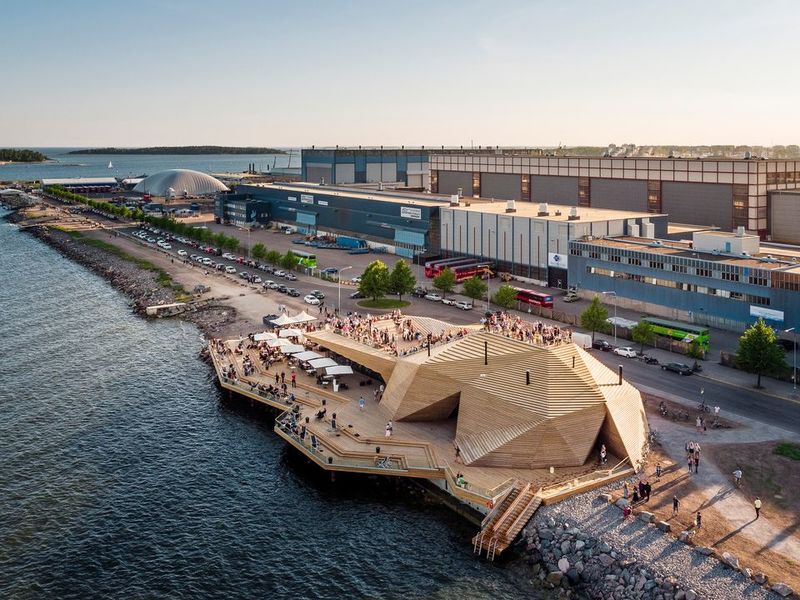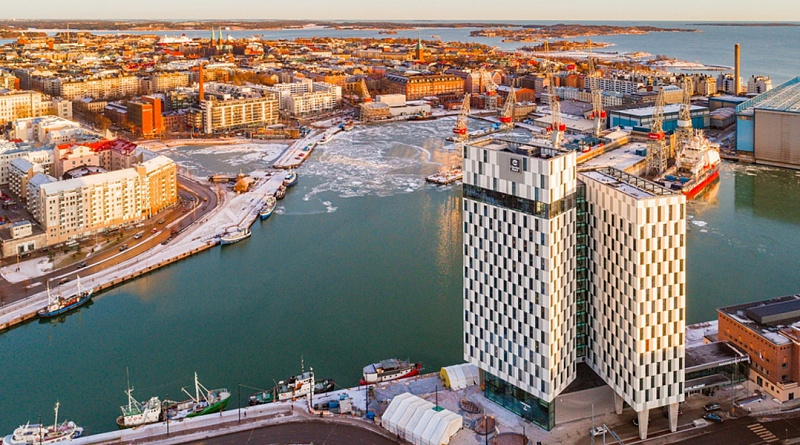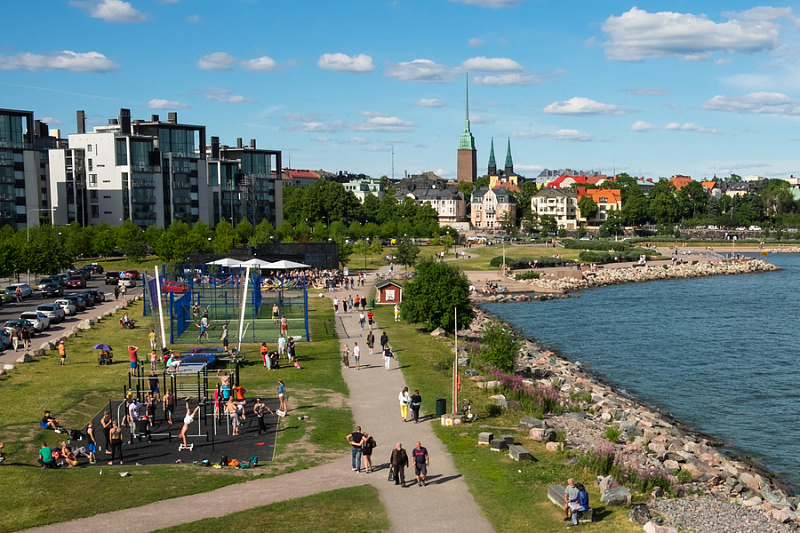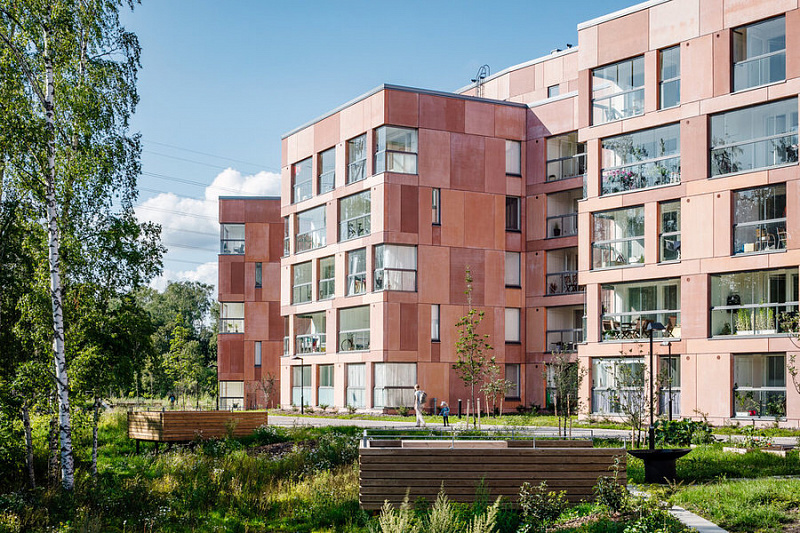Helsinki sightseeing tour by car, focus on ecology and how the industrial zones were redeveloped into green urban areas
The sightseeing tour shows the most interesting parts of Helsinki, such as the Senate Square, the Uspenski Cathedral, the Parliament Building and Finlandia Hall. There are two stops in the tour: one at the Sibelius Monument and another at the Temppeliaukio Church.
Helsinki is currently undergoing the largest change in its history. In 2008, two cargo ports were transferred from the city centre to Vuosaari, vacating 250 hectares of waterfront area for redevelopment. The city's vast development projects, to be completed mainly during the second and third decades of the 21st century, will create 4.5 million m2 of new residential floor area and almost 2.5 million m2 of business floor area. This represents new homes for 100,000 people and jobs for tens of thousands.
Ports and industries are at the core of the urban history of Helsinki. Industrialization and the construction of the major port at the end of the nineteenth century ensured Helsinki a solid economy for developing a modern and innovative city. The restructuration of industries and the containerization of seaports from the 1970s vacated centrally located areas, opening economic opportunities for generating new forms of urbanism.
A port area occupying the Hernesaari Peninsula is the first thing many tourists see when they arrive in Helsinki. Until a few years ago, the peninsula territory was nothing more than a district of docks, warehouses, and hangars. During the 2000s the city administration devised a plan to transform the seaside area. The plan involved creating new residential development and a park with a well-designed social infrastructure to replace old industrial buildings. The first wave of renovation arrived in 2015: as part of Avanto Architects’ project, numerous bars and restaurants with wooden verandas, a stage, and a beach opened in the area.
You will also see Clarion Hotel which now draws Helsinki skyline in the industrial and port Jätkäsaari district. When the protected harbour warehouse L2, representing late classical industrial architecture, was transformed into an event centre, it naturally resulted in strict restrictions on changes to the façade and interior. The façades remained largely unchanged. The seaside windows were enlarged, and the old massive doors were replaced with new thermal-glass windows and doors made of steel.
New urban districts of Kalasatama and Aurinkolahti
Modern, eco and people friendly urban city districts of Kalasatama and Aurinkolahti (no waste and energy saving technology) with lunch with salmon soup at Aurinkolahti café.
The City Council decided in 2013 to make one of the new area construction sites, Kalasatama, a model district of Smart City development. Today Smart Kalasatama, a brownfield district in Helsinki is a vivid Smart City experimental innovation platform. One of the core ambitions of Smart Kalasatama is to provide an urban lab and a vibrant testbed of smart and sustainable new solutions and services.
Sharing economy is active in Kalasatama. People share cars and parking spaces with the help of digital applications. Smart locks in new buildings enable the citizens to use many spaces in Kalasatama for different activities.
Kalasatama is a pioneer for Helsinki’s climate targets, and showing the road to a more sustainable urban everyday life.
The development of Vuosaari has advanced exceptionally from the edges towards the current metro station.
In the centre of Vuosaari, the best parts of urban housing meet the green nature near the sea. The services are diverse – the Vuosaari sports hall, the Vuotalo culture centre, the shopping centre Columbus and the Vuosaari social and health centre.
Heading towards the Uutela Canal via the most remarkable land art park in Helsinki, you will feel here like you are in another country. Along the way you will see impressive contemporary architecture and the longest swimming beach in Helsinki.
Visit Helsinki food market with testing local delicacies
The Old Market Hall in Helsinki has served its customers since 1889. Merchants sell all sorts of cheese, fish, shellfish, vegetable, fruit and cakes to spices, coffee and tea. They are also more than happy to help with any special orders. Here you can also find the smallest Alko shop for wines and beverages, as well as cafe's and restaurants.





